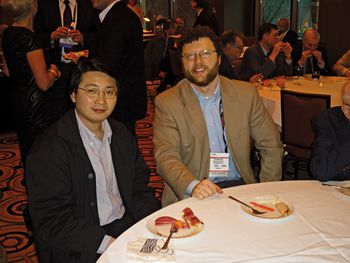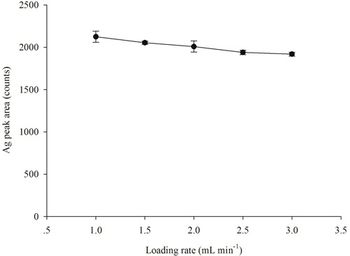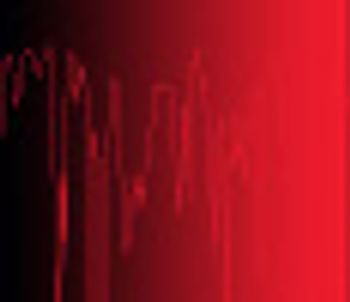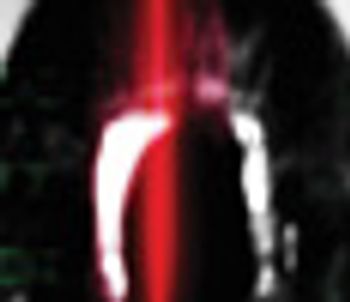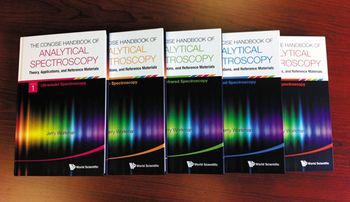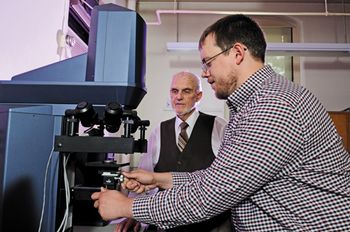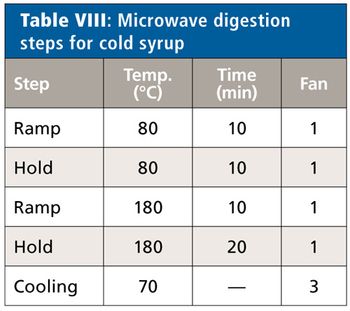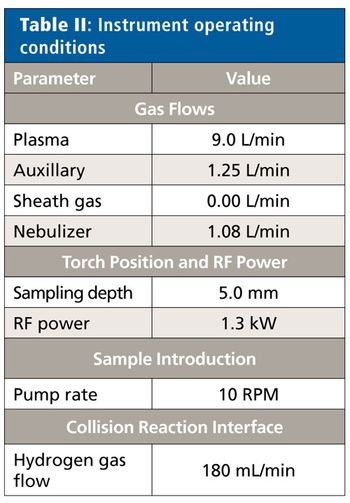
Spectroscopy
Chromium is a key ingredient in a number of metal alloys used for metal implants which, despite being coated with inert surface layer coatings, can break down over time as a result of biocorrosion. Leeching of metal ions from implants into surrounding bone, tissue, and body fluids can cause severe health problems. Although the toxicity of the metal is low, there is a potential health risk if chromium ions enter the body. In ICP-MS, the chromium (52Cr) signal can be affected by interference from the recombination of background plasma 40Ar and sample-specific matrix 12C. To eliminate this interference, hydrogen can be used in the iCRC as a reaction gas to allow accurate analysis of 52Cr. Results using certified clinical standards of chromium in blood, plasma, urine, and serum clearly demonstrate the benefit of using hydrogen as a collision gas to remove the argon-carbide polyatomic interference. This study shows that ICP-MS is an essential tool for clinical monitoring of metal ions in complex matrices and that hydrogen iCRC gas allowed for greater accuracy and a lower level of quantitation in clinical matrices.

